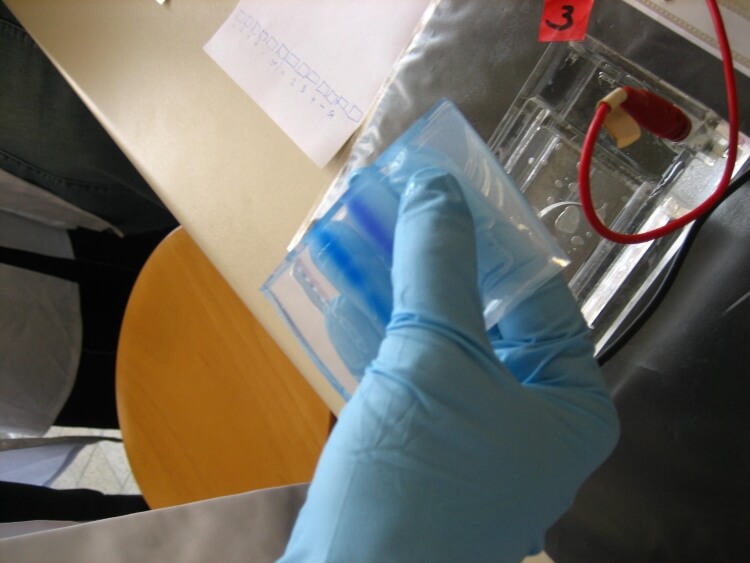2h
Mouse GC(Glucagon) ELISA Kit
Mouse GC(Glucagon) ELISA Kit
1500pg/mL
7.22pg/mL
Mus musculus
Endocrinology;
18.52-1500pg/mL
Competitive Inhibition
GCG; GLP1; GLP2; GRPP; Glicentin-Related Polypeptide; Glucagen; Oxyntomodulin; Incretin hormone
E05 478 566 350 170 or Enzyme-Linked Immunosorbent Assays,E05 478 566 350 170 or Enzyme-Linked Immunosorbent Assays
Glucagon gene and the glucagon like peptide or GLP1 gene are peptide hormones, produced by alpha cells of the pancreas to raise the concentration of glucose in the blood as opposite of insulin, which lowers the glucose. Anti human glucagon and glp1 antibodies are used to study diabetes.
ELISA Enzyme-linked immunosorbent assays Code 90320007 SNOMED,Mouse or mice from the Mus musculus species are used for production of mouse monoclonal antibodies or mabs and as research model for humans in your lab. Mouse are mature after 40 days for females and 55 days for males. The female mice are pregnant only 20 days and can give birth to 10 litters of 6-8 mice a year. Transgenic, knock-out, congenic and inbread strains are known for C57BL/6, A/J, BALB/c, SCID while the CD-1 is outbred as strain.
This assay employs the competitive inhibition enzyme immunoassay technique. A monoclonal antibody specific to Glucagon (GC) has been pre-coated onto a microplate. A competitive inhibition reaction is launched between biotin labeled Glucagon (GC) and unlabeled Glucagon (GC) (Standards or samples) with the pre-coated antibody specific to Glucagon (GC). After incubation the unbound conjugate is washed off. Next, avidin conjugated to Horseradish Peroxidase (HRP) is added to each microplate well and incubated. The amount of bound HRP conjugate is reverse proportional to the concentration of Glucagon (GC) in the sample. After addition of the substrate solution, the intensity of color developed is reverse proportional to the concentration of Glucagon (GC) in the sample.
